Get a Wonderful Person Tee: https://teespring.com/stores/whatdamathMore cool designs are on Amazon: https://amzn.to/3QFIrFXAlternatively, PayPal donations ca…
Category: quantum physics – Page 194
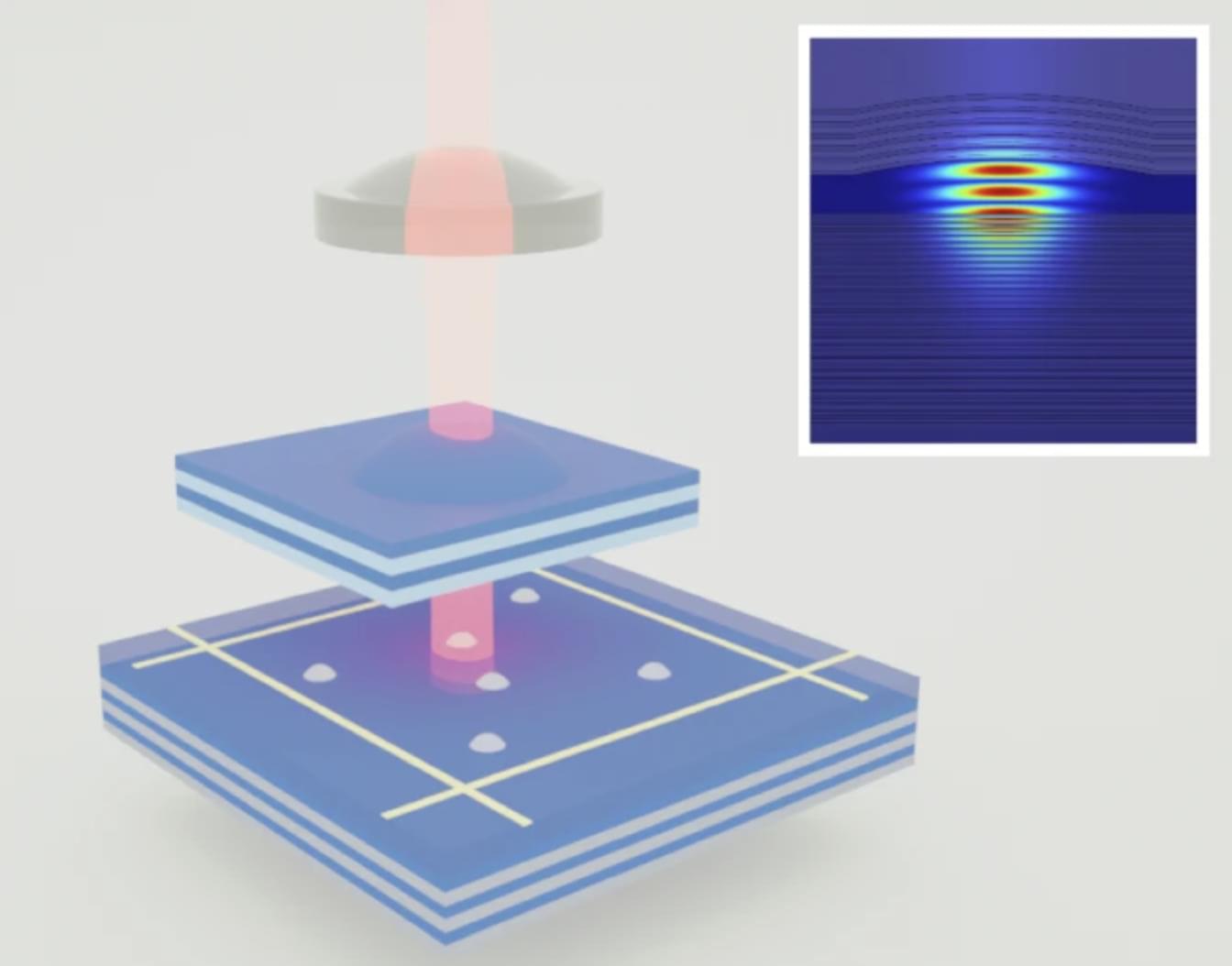
Chinese Scientists Overcome Key Barrier to Scalable Photonic Quantum Computing
The researchers indicate that several challenges remain. The current system operates at cryogenic temperatures, which limits practical applications. While photons themselves can function at room temperature, the quantum dot requires cooling to maintain stability. Researchers are exploring alternative materials and designs that could allow operation at higher temperatures.
Additionally, the experiment used a single quantum dot, which is not easily scalable to large numbers of qubits needed for universal quantum computing. Future work will need to integrate multiple quantum dots or alternative photon sources that can be mass-produced with high consistency.
Another limitation is the reliance on superconducting detectors with an efficiency of 79%. If detection efficiency is improved beyond 93.7%, the overall system efficiency could surpass the required threshold even further. Advancements in superconducting nanowire technology suggest this is feasible in the near future.
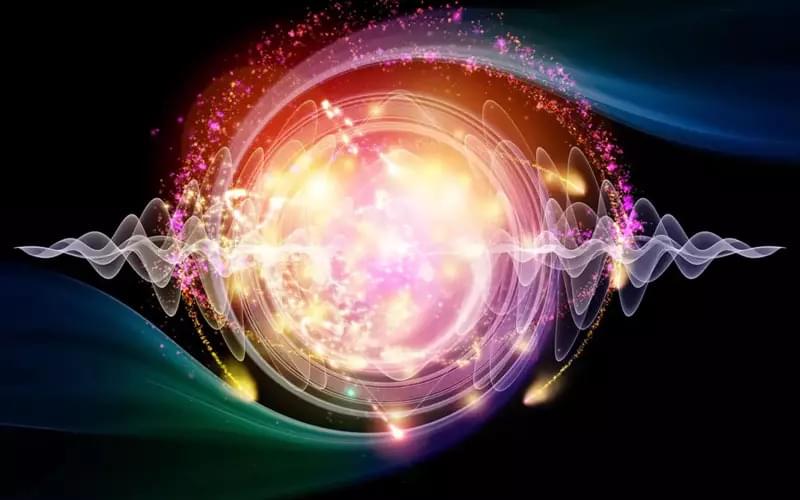
Reality is not revealed by quantum mechanics
“According to Hooke, microscopes, like telescopes, put us on the cusp of doing what philosophers from Antiquity onwards had always tried to do, namely, understand the fundamental nature of reality,” writes assistant professor in philosophy, Peter West.
The idea that we can discover the fundamental level of reality might be alluring, but it’s based on a faulty philosophy, not science, argues Peter West.
Tap to read more about his beliefs that reality is not revealed by quantum mechanics.
The craze with all things quantum is not just because of its inherent weirdness. It’s motivated by a reductionist impulse that has been animating science from Robert Hooke in the 17th century to Stephen Hawking in the 21st. The idea that we can discover the fundamental level of reality might be alluring, but it’s based on a faulty philosophy, not science, writes Peter West.
The idea that reality is reducible to its most fundamental parts still animates much of science, particularly physics and philosophy. The craze with all things quantum is partly animated by this thought: understand quantum mechanics, the way that matter behaves at the smallest level known to us, and you’ve understood everything. But this philosophical impulse — because contrary to belief, it’s not scientific — that the microscopic holds the key to the secrets of the universe, is much older than quantum mechanics. It goes back at least all the way to the 17th century and the invention of the microscope. Some of the best critiques of reductionism also date from the same century: Size doesn’t matter, the very small is just one realm of reality among many, with no special privilege.
Sign up to get exclusive access.
Our Universe Has Two Different Sides, Physicists Confirm
I have my own introduction to quantum mechanics course that you can check out on Brilliant! First 30 days are free and 20% off the annual premium subscription when you use our link ➜ https://brilliant.org/sabine.
Physicists have a lot of questions about our universe. Here’s one more to add to the list: Why is it so asymmetrical? New research has confirmed an anomaly named the Hemispherical Power Asymmetry, which states that the cosmic microwave background has more fluctuations in one side of the universe than the other. The weirdest part about this is that no one even has a theory for why this might be the case.
Paper: https://arxiv.org/abs/2411.
This video comes with a quiz which you can take here: https://quizwithit.com/start_thequiz/.… Check out my new quiz app ➜ http://quizwithit.com/ 💌 Support me on Donorbox ➜ https://donorbox.org/swtg 📝 Transcripts and written news on Substack ➜ https://sciencewtg.substack.com/ 👉 Transcript with links to references on Patreon ➜ / sabine 📩 Free weekly science newsletter ➜ https://sabinehossenfelder.com/newsle… 👂 Audio only podcast ➜ https://open.spotify.com/show/0MkNfXl… 🔗 Join this channel to get access to perks ➜
/ @sabinehossenfelder 🖼️ On instagram ➜
/ sciencewtg #science #sciencenews #physics.
🤓 Check out my new quiz app ➜ http://quizwithit.com/
💌 Support me on Donorbox ➜ https://donorbox.org/swtg.
📝 Transcripts and written news on Substack ➜ https://sciencewtg.substack.com/
👉 Transcript with links to references on Patreon ➜ / sabine.
📩 Free weekly science newsletter ➜ https://sabinehossenfelder.com/newsle…
👂 Audio only podcast ➜ https://open.spotify.com/show/0MkNfXl…
🔗 Join this channel to get access to perks ➜
/ @sabinehossenfelder.
🖼️ On instagram ➜ / sciencewtg.
#science #sciencenews #physics

It seems like something out of a movie — they successfully achieve the first quantum teleportation in history
The future is coming and much faster than we think. Let’s do an exercise of imagination, imagine, for a moment, being able to send information from one point to another without the need for cables, Wi-Fi or traditional signals, more or less like something telepathic, right? Well, that is precisely what scientists have recently achieved at the University of Oxford: teleporting data between two quantum computers. Although it may seem like science fiction or just news, the world.
Although, let’s lower the hype a little, the transmission distance of this experiment was less than two meters, but that doesn’t matter, what matters is having achieved this milestone of sharing information without the need for connections.
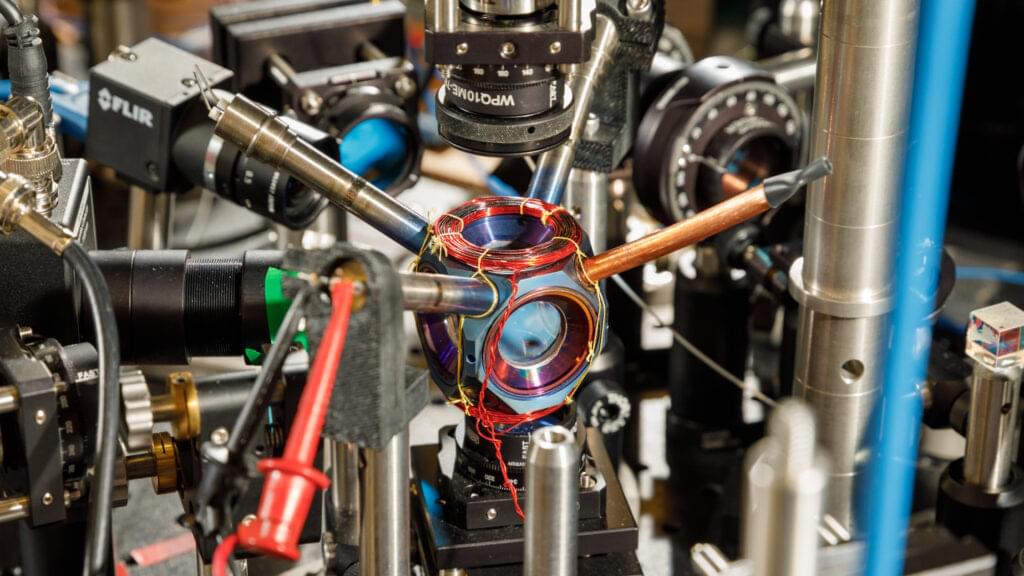
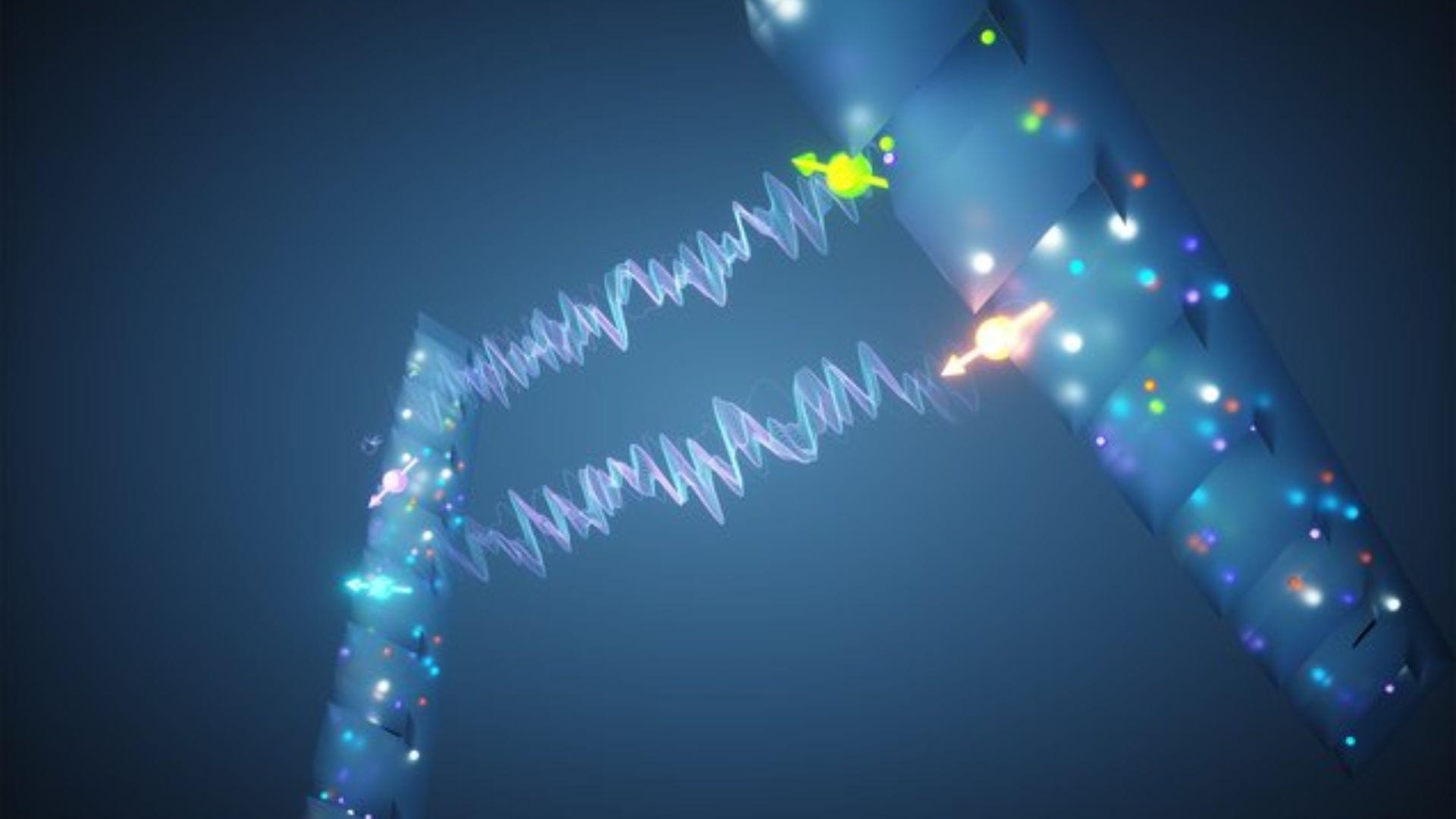
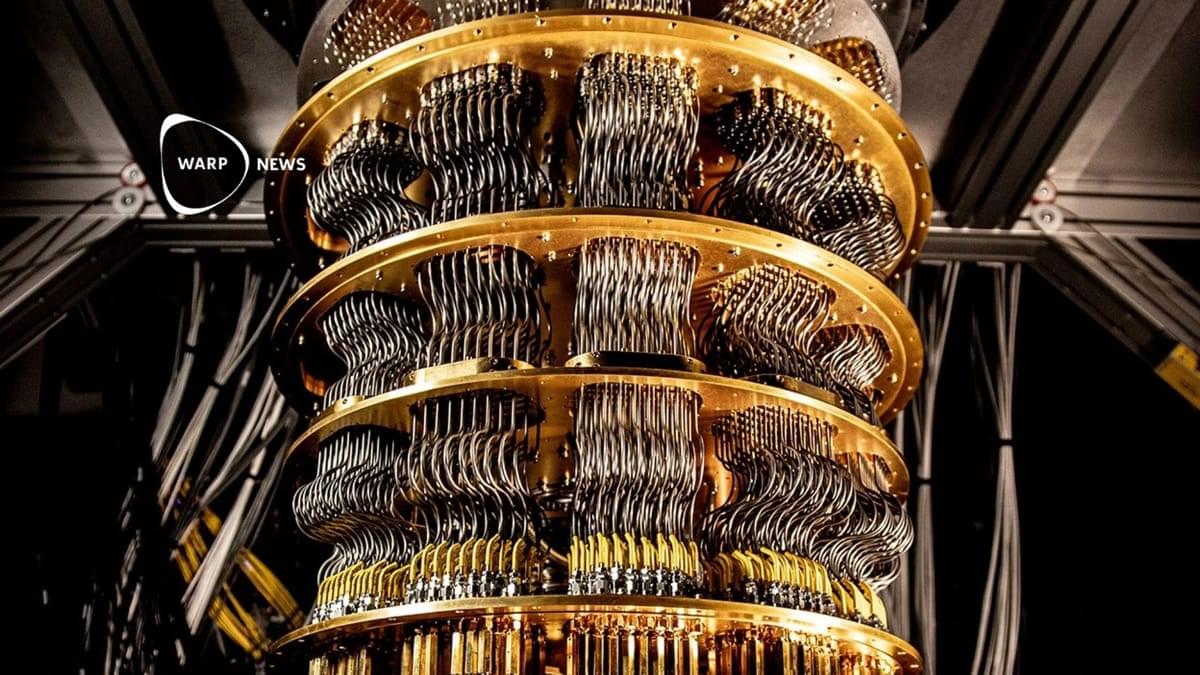
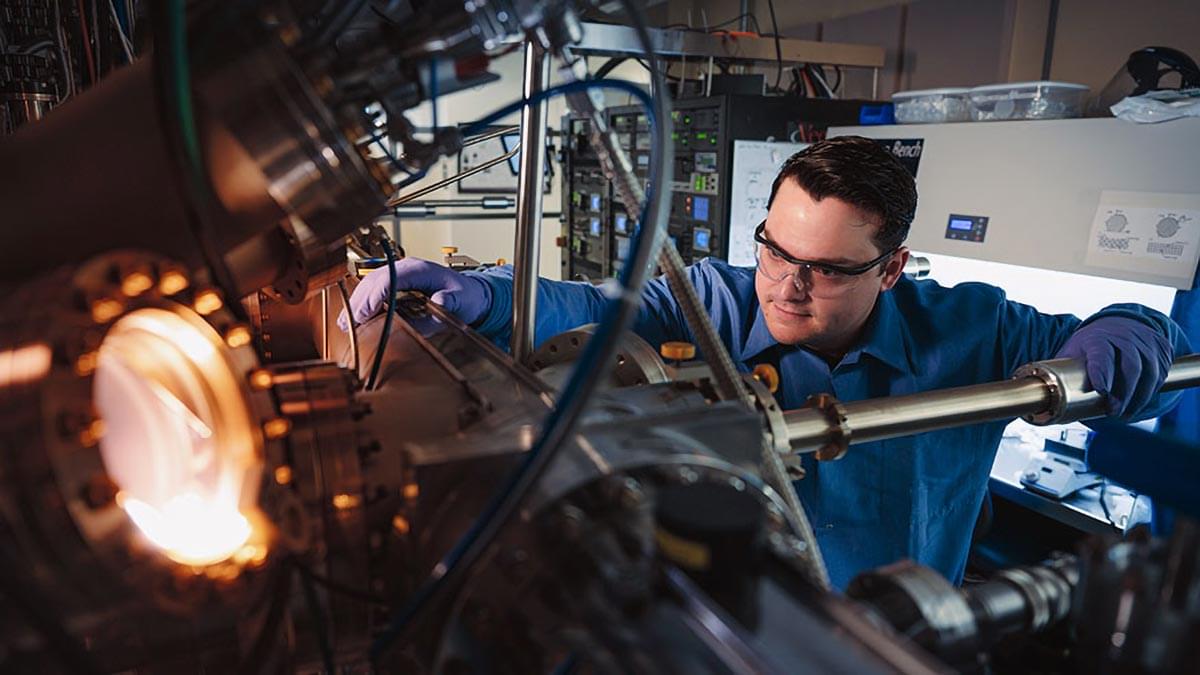
Quantum Breakthrough: Microsoft and Purdue Unlock the Future of Topological Qubits
Their work pushes semiconductor-superconductor hybrid technology to new heights and strengthens Purdue’s role in quantum research.
Microsoft Advances Topological Quantum Computing
Microsoft Quantum recently published an article in Nature, highlighting key advancements in measuring quantum devices — an essential step toward building a topological quantum computer. The research was conducted by Microsoft scientists and engineers, including those at Microsoft Quantum Lab West Lafayette, based at Purdue University. In their announcement, the team described the operation of a crucial device that serves as a foundational building block for topological quantum computing. Their findings mark a significant milestone in the development of quantum computers, which have the potential to be far more powerful and resilient than current technologies.

A new approach to reduce decoherence in superconducting qudit-based quantum processors
Quantum computers, which operate leveraging quantum mechanics effects, could soon outperform traditional computers in some advanced optimization and simulation tasks. Most quantum computing systems developed so far store and process information using qubits (quantum units of information that can exist in a superposition of two states).
In recent years, however, some physicists and engineers have been trying to develop quantum computers based on qudits, multi-level units of quantum information that can hold more than two states.
Qudit-based quantum systems could store more information and perform computations more efficiently than qubit-based systems, yet they are also more prone to decoherence.